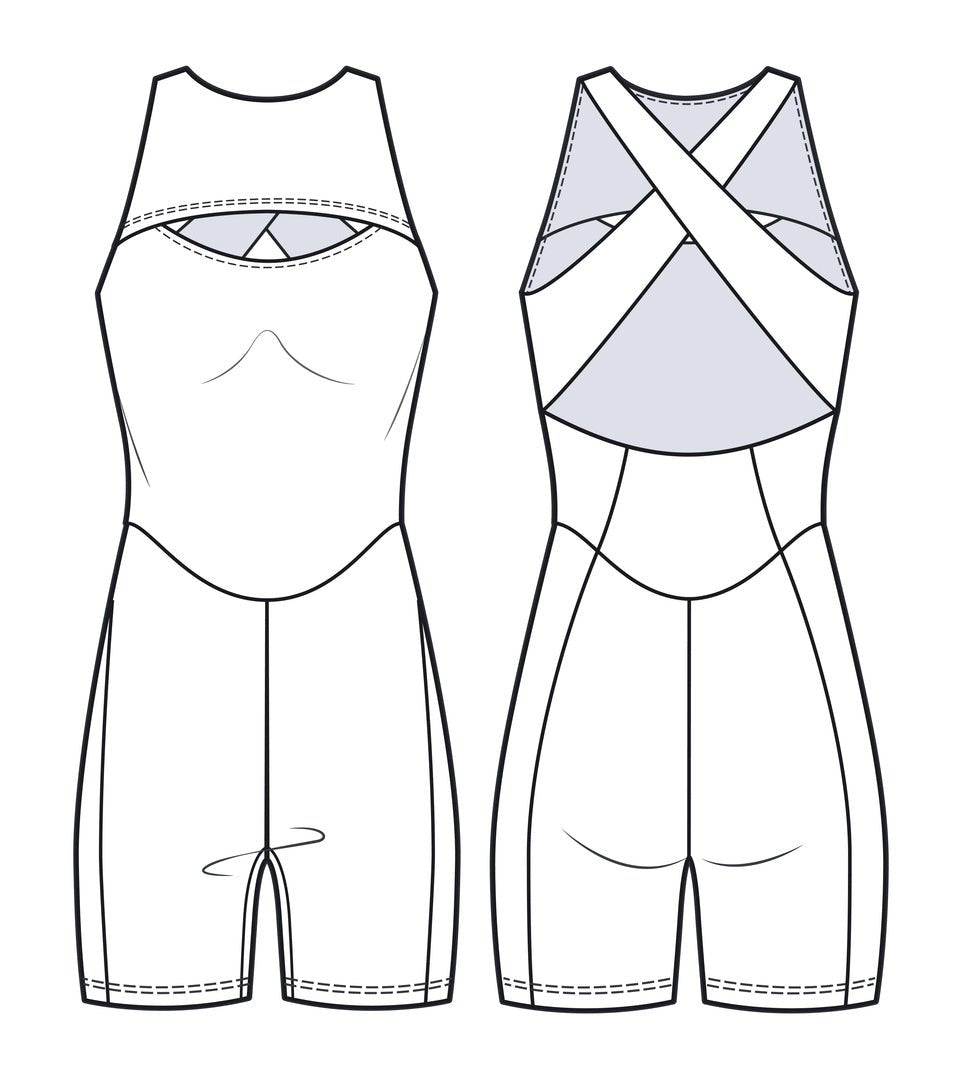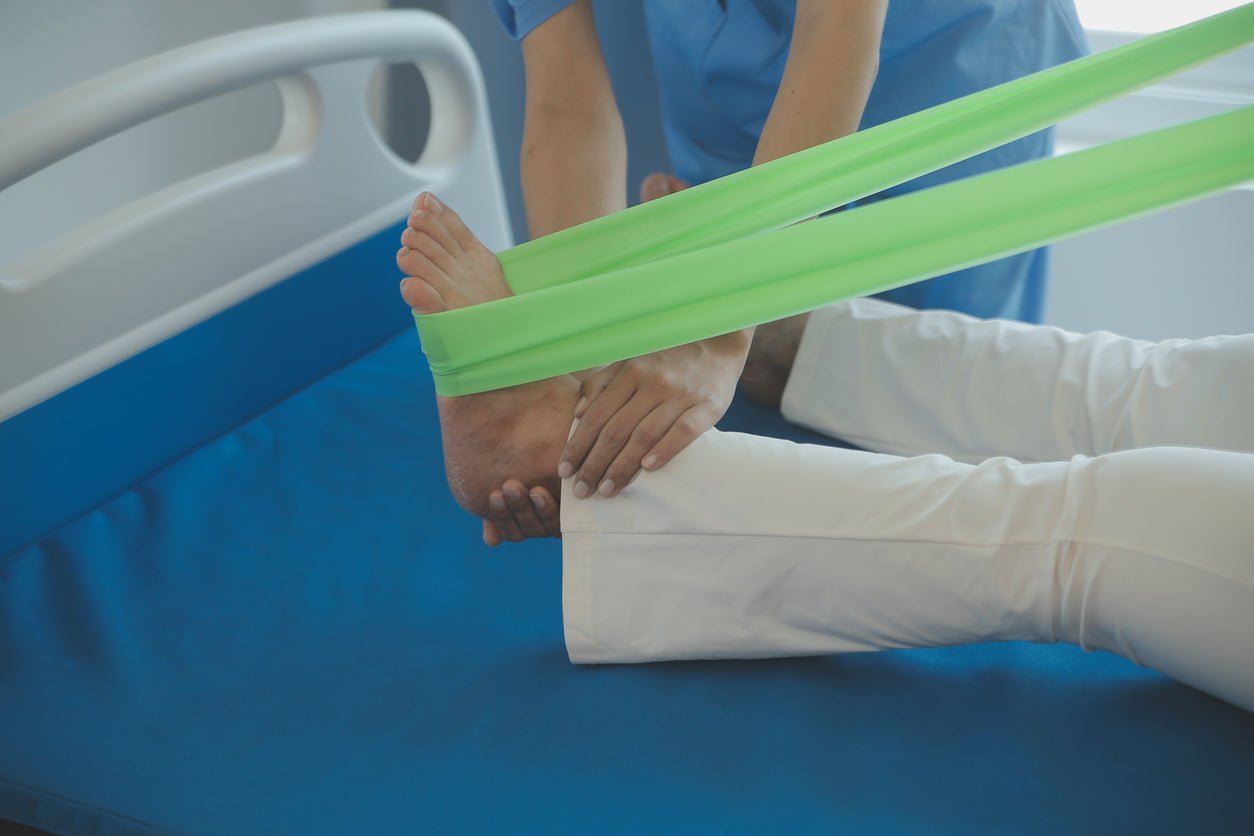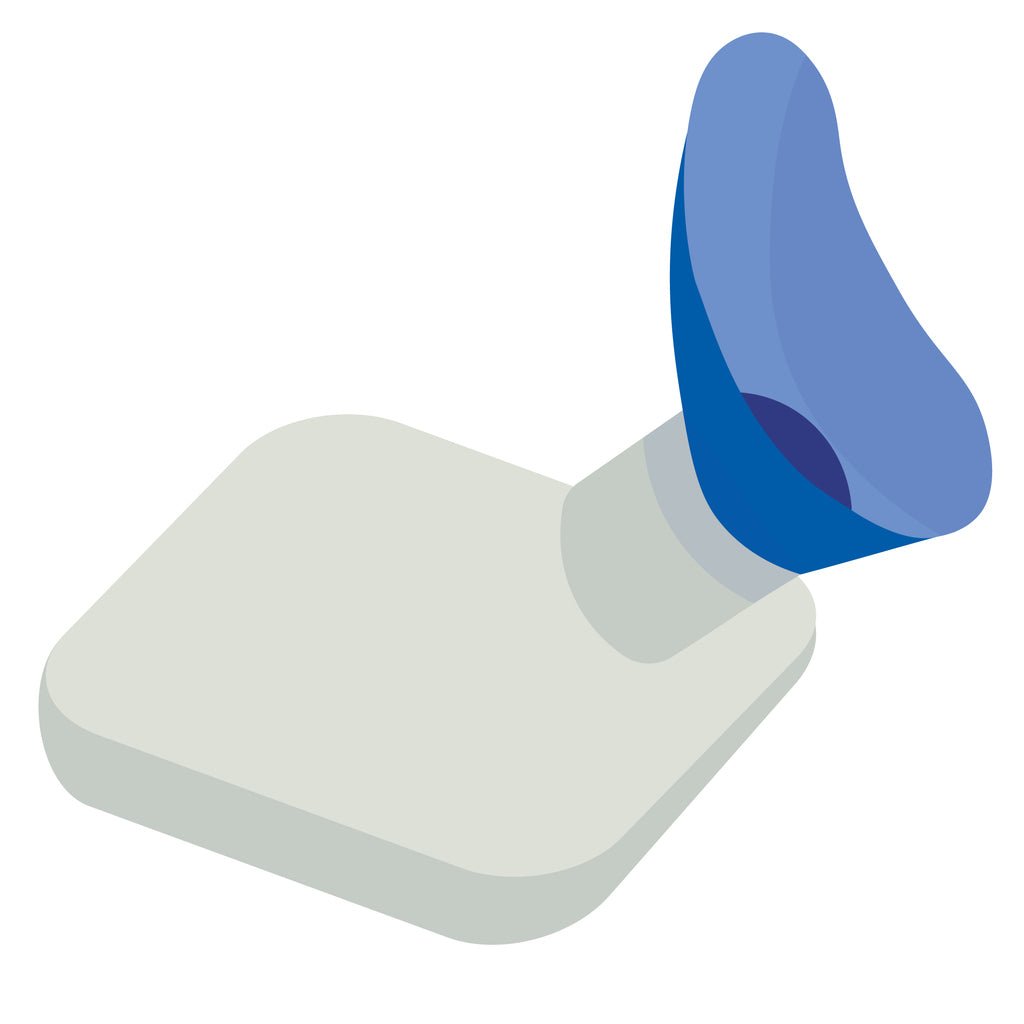The Brazilian Butt Lift (BBL) has gained enormous popularity in recent years as many people seek to gain confidence in their bodies. However, achieving optimal results from this procedure requires diligent post-operative care, with the use of specialized garments like fajas being a crucial aspect. In this comprehensive guide, we dive deep into the significance of fajas, particularly the second stage faja, and explore the essential aftercare items needed for a successful BBL recovery.
Understanding Fajas: What Are They and Why Are They Important?
A faja is a compression garment designed to provide support and compression to the treated areas after a BBL procedure. It resembles a tight-fitting bodysuit and is typically made of elastic fabric. The primary purpose of wearing a faja post-BBL is to minimize swelling, contour irregularities, and promote proper healing of the buttocks.
Wearing a faja is vital for several reasons:
1. Compression: Fajas exert uniform pressure on the buttocks and surrounding areas, reducing swelling and preventing fluid buildup. This compression also helps in reshaping the buttocks, ensuring they maintain the desired contour.
2. Support: After undergoing BBL surgery, the buttocks are particularly vulnerable to displacement or deformities. Fajas provide essential support, holding the newly transferred fat in place and preventing it from shifting or becoming dislodged.
3. Improved Blood Circulation: Proper compression from fajas enhances blood circulation, which aids in the healing process by delivering oxygen and nutrients to the tissues while removing metabolic waste products.
4. Faster Recovery: Wearing a faja consistently accelerates the recovery process by stabilizing the treated area, reducing discomfort, and promoting tissue adherence.
Duration and Frequency of Faja Wear
The duration of faja usage varies depending on individual factors such as the extent of surgery, the surgeon's recommendations, and personal comfort levels. Generally, patients are advised to wear a faja continuously for the first few weeks following surgery, except when showering or undergoing massages. During this initial phase, wearing the faja 24/7 is often recommended to optimize results.
After the initial recovery period, patients may transition to wearing the faja for shorter periods, such as during the day or during activities that involve prolonged sitting or standing. However, consistent use of the faja, especially during the first few months post-surgery, is crucial to ensure long-term success and maintain the desired results.
Consequences of Not Wearing Fajas and Neglecting Aftercare
Failure to wear a faja as instructed by your surgeon or neglecting other aspects of post-operative care can have significant consequences:
1. Increased Swelling and Bruising: Without proper compression from the faja, swelling and bruising may persist for a more extended period, delaying the recovery process and affecting the final outcome.
2. Risk of Fluid Retention: Lack of compression increases the risk of fluid retention in the treated areas, leading to discomfort, uneven contours, and potential complications such as seromas or hematomas.
3. Poorly Defined Results: The absence of consistent compression can compromise the sculpting effects of the BBL procedure, resulting in less defined or uneven buttock contours.
4. Complications: In severe cases, the failure to adhere to post-operative instructions, including faja wear, can contribute to surgical complications such as fat necrosis, infection, or poor wound healing.
Significance of Second Stage Fajas
The second stage faja plays a crucial role in the latter phase of BBL recovery. Unlike the first stage faja, which provides immediate post-operative compression and support, the second stage faja is designed to accommodate the evolving shape of the buttocks as swelling subsides and the fat settles.
Key differences between the second stage faja and the initial garment include:
1. Adjustability: Second stage fajas often feature adjustable straps or closures, allowing for a customized fit as the body shape changes during the recovery process.
2. Reduced Compression: While the first stage faja provides maximum compression to control swelling immediately after surgery, the second stage faja offers moderate compression to support the healing process without excessive pressure on the buttocks.
3. Improved Comfort: As swelling decreases and sensitivity diminishes, patients may find the second stage faja more comfortable for extended wear compared to the initial garment.
Aftercare Items for BBL Recovery
In addition to wearing fajas, proper aftercare is essential for optimizing BBL results and minimizing complications. Here are some essential aftercare items and practices:
1. Foam Pads: Placing foam pads over the buttocks while wearing the faja can help distribute pressure evenly and prevent indentations or imprints on the skin.
2. Lymphatic Massages: Gentle lymphatic massages performed by trained professionals help reduce swelling, improve circulation, and promote the drainage of excess fluid from the treated areas.
3. Hydration and Nutrition: Staying hydrated and maintaining a balanced diet rich in nutrients is crucial for supporting the body's healing process and promoting optimal results from BBL surgery.
4. Avoiding Pressure on the Buttocks: During the initial recovery phase, patients should avoid sitting or lying directly on their buttocks to prevent pressure on the newly transferred fat. The use of specialized cushions or pillows can help alleviate discomfort while sitting.
5. Follow-Up Visits: Regular follow-up appointments with your surgeon allow for the monitoring of healing progress, addressing any concerns or complications promptly, and adjusting the treatment plan as needed.
In summary, proper post-operative care, including the use of fajas and other aftercare items, is essential for achieving satisfactory results and minimizing risks associated with BBL surgery. The second stage faja plays a critical role in the latter phase of recovery by providing support and contouring as the body adjusts to its new shape. By adhering to post-operative instructions and incorporating essential aftercare practices, patients can enjoy long-lasting benefits from their BBL procedure while reducing the likelihood of complications.















